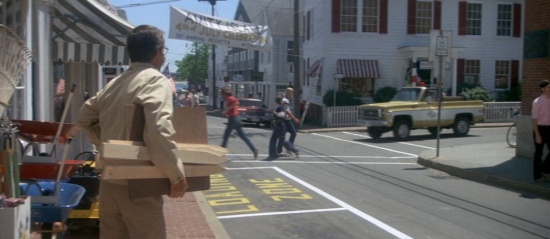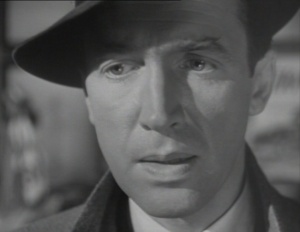We all know urban planning has an image problem. But it’s odd to come across an example of a planning department producing a propaganda film to redress the situation. Yet that’s exactly what the Beverley Hills Planning Department did with this short from 2003, It’s a Wonderful City.
As the title suggests, it’s a take on It’s a Wonderful Life, which is already a highly suggestive, must-see film for urban planners (I talk about it more here). The original film shows the fortunes of a classic Hollywood small town as it teeters on the edge of suburbanisation, with the fate of the town depending on the existence or otherwise of affordable-housing pioneer George Bailey. In the Beverley Hills take, we follow George Buildley as we see how the town would fare without a town planning department.
While it’s a brave attempt, I can’t help but chuckle at the efforts to make a world without planning seem so nightmarish. And it’s a little depressing that even in pro-planning propaganda there’s a scene in which someone is driven to the edge of madness by planning bureaucracy. (“Review process… the Planning Commission, the Architectural Commission… there isn’t time!)

